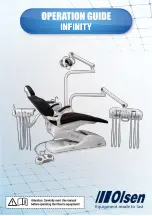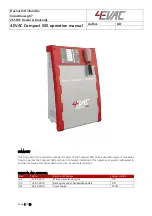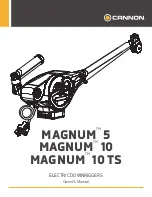
females), and have Skin Type I, II, III, or IV on the Fitzpatrick Skin Type Scale. A total of 123 male subjects
and 16 female subjects were randomized between September 24, 2004 and February 21, 2005. Baseline
demographics and clinical characteristics show that subjects randomized to LaserComb had comparable
baseline characteristics to those randomized to the placebo.
Methods
Screened subjects who met the entry criteria returned to the study site for the baseline visit. At this visit study
personnel assessed the subject’s scalp for any signs of irritation or dermatological conditions that would
disqualify the subject from study participation. Qualified subjects had global images taken to document hair
loss since the screening visit, had the target site area of the scalp identified and tattooed, and had a hair
clipping to determine the baseline hair density. They were then provided with their randomized study device.
Subjects returned to the clinic at 8 and 16 weeks at which adverse events and concomitant medications were
collected, vital signs were assessed, the scalp was evaluated for local dermatitis and other scalp conditions,
and subjects completed an 11-question questionnaire. At the final visit, Week 26 or the termination visit, the
same digital camera, hair clippings, and the investigator global assessment of new hair growth. The protocol
was originally designed for both males and females. After the study began it was amended to only include
males at the request of the FDA, and the females will be included in a similar study with only females. The
results for the 16 females treated in this study are briefly summarized in this report.
Summary of Contents for HairMax LaserComb Premium
Page 1: ...Volu Med Ireland Ltd...










































